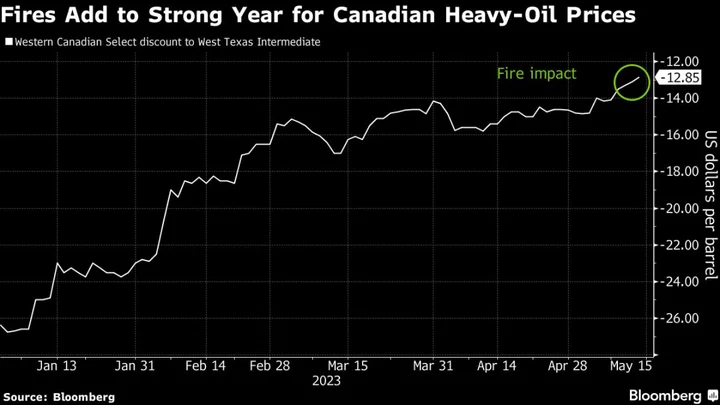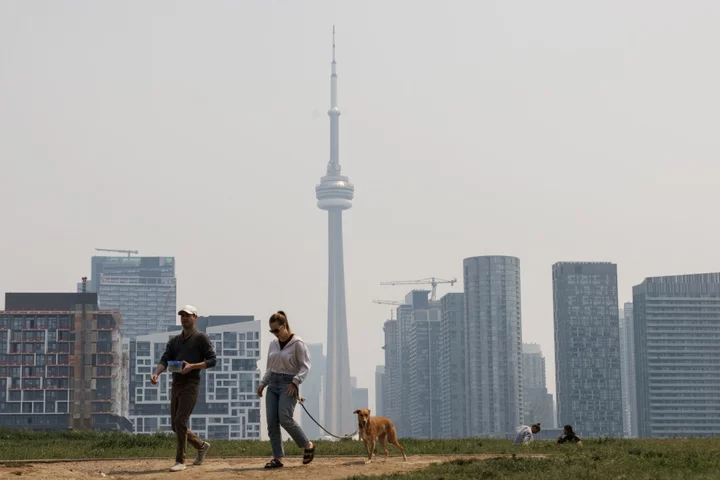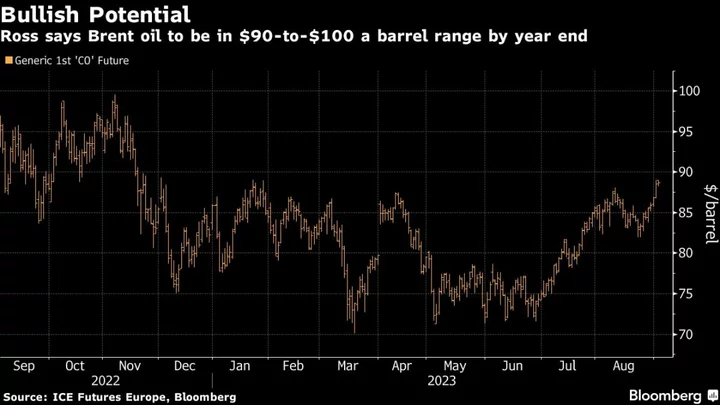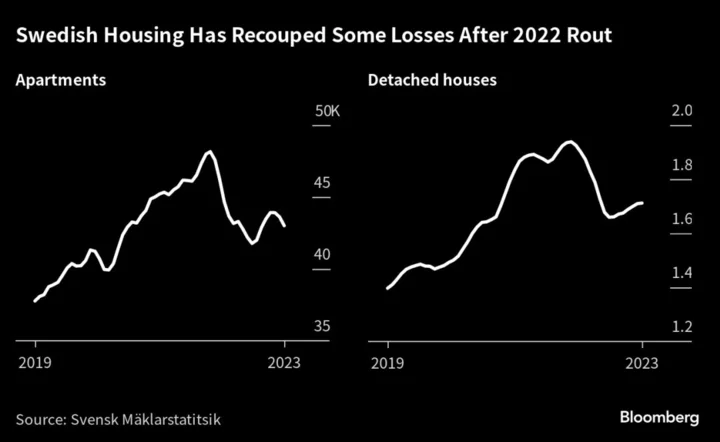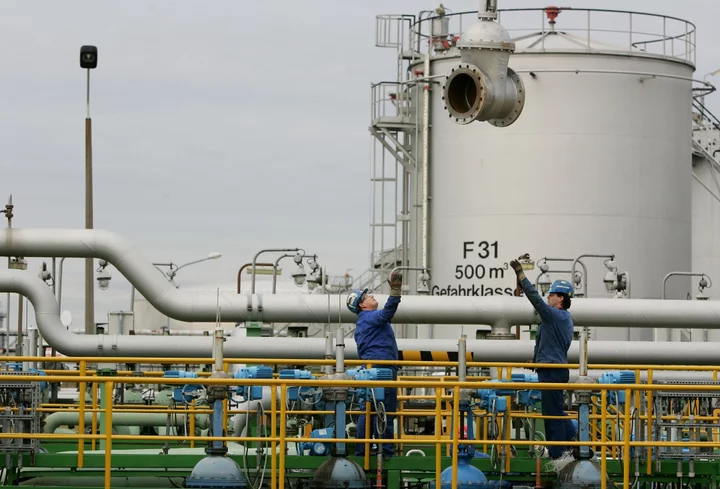The number of wildfires in Canada’s main oil-producing province was on the rise as conditions turned hot and dry over the weekend, prompting officials to warn of more blazes to come.
As of Saturday afternoon, there were 83 active fires in the province, up from 76 on Friday. A total of 21 were considered out of control by 3 p.m. in Alberta.
“We remain in an extremely volatile situation, and the risk of new wildfires remains significant,” Bre Hutchinson, executive director of the Alberta Emergency Management Agency, said at a news conference.
Recent rain and cooler weather in western Alberta had helped reduce the number of wildfires earlier in the week, allowing oil and gas producers to restore some output that was shut down. But atmospheric conditions had now reversed with high temperatures and low humidity across the province.
“These conditions lead to extreme fire behavior and will challenge our firefighters on the ground — new wildfires can ignite easily and spread quickly,” said Josee St-Onge, spokeswoman for Wildfire Alberta. “Fire activity will pick up.”
More than 1,500 people were fighting fires on Saturday, while helicopters were deployed to drop buckets of water on hotspots. An additional 200 firefighters were on their way from the US, St-Onge said. Some 16,520 residents had been evacuated.
Though this month’s blazes have largely spared the oil sands, they’ve hammered the province’s drought-stricken west, forcing the evacuation of as many as 30,000 people and curtailing natural gas output. That pattern is shifting, with Fort McMurray, the biggest city in the oil-sands region, expected to see temperatures of 32C (90F) on Sunday, according to Environment Canada.
Earlier this week, oil and gas producers had brought some output back online. Crescent Point Energy Corp. restored 85% of the 45,000 barrels a day of oil equivalent Kaybob Duvernay production that was shut because of the fires, up from 75% two days ago, the company said Friday. Chevron Corp., which had evacuated its facilities earlier in the week, “resumed operations in the Kaybob Duvernay outside of the fire affected area,” spokeswoman Deena McMullen said by email.
Pembina Pipeline Corp. said Thursday that facilities shut due to fires resumed operations. Peyto Exploration & Development Corp. also said it restored essentially all production from two plants that were shut.
The output cuts may have affected flows of the light condensate that’s mixed with oil-sands crude to help move through pipelines, helping strengthen prices for Canadian heavy oil. On Friday, Western Canadian Select’s discount to the US benchmark shrank 25 cents to $12.85 a barrel, the narrowest in more than a year, data compiled by Bloomberg show. AECO gas prices in Alberta fell 0.9% to C$2.10 per million British thermal units on Friday, but still were up 11% for the week.
In 2016, wildfires tore through Canada’s oil sands, shutting down more than 1 million barrels of daily crude production and razed whole sections of Fort McMurray.
(Updates with number of active fires in second paragraph.)

